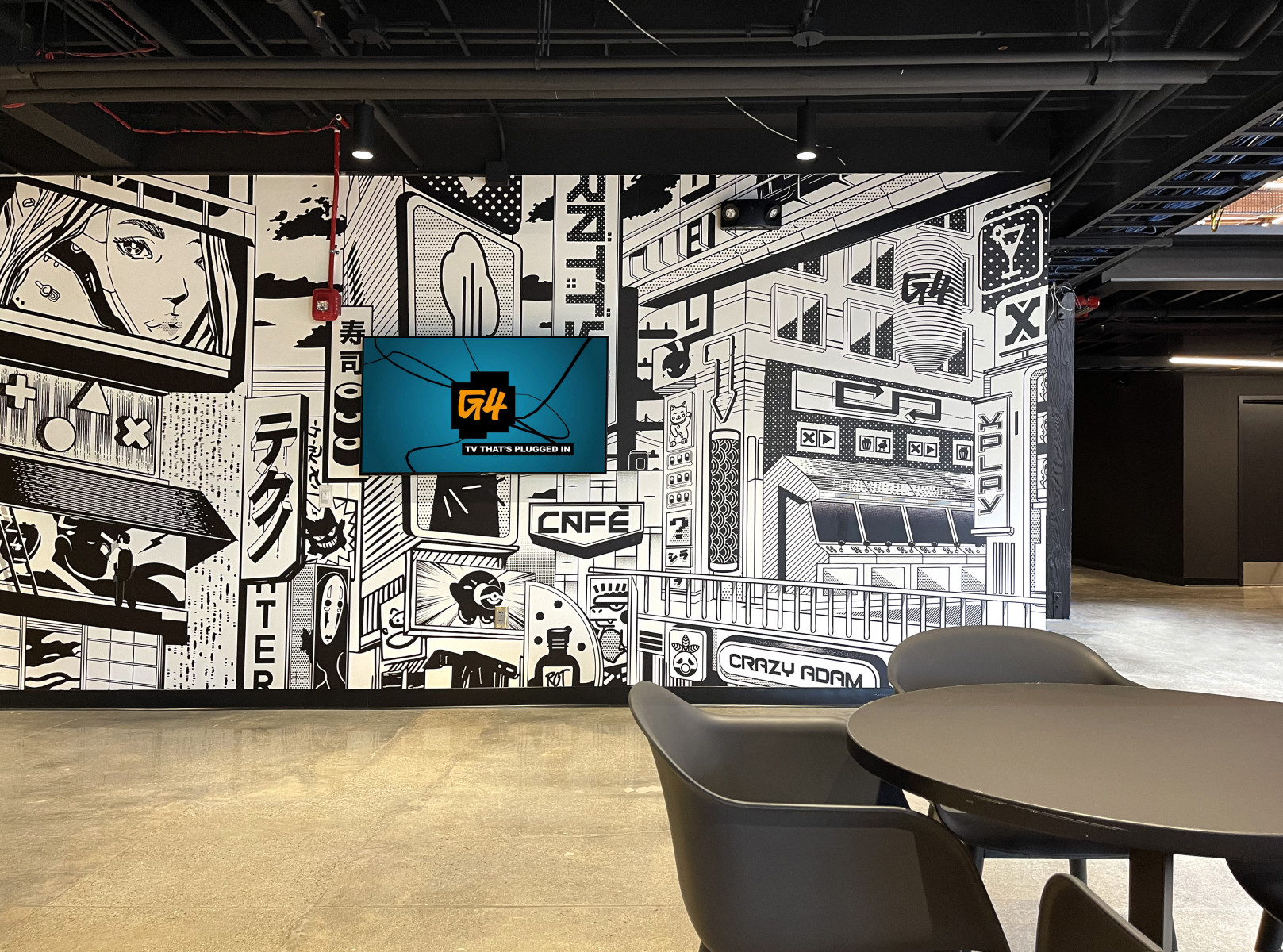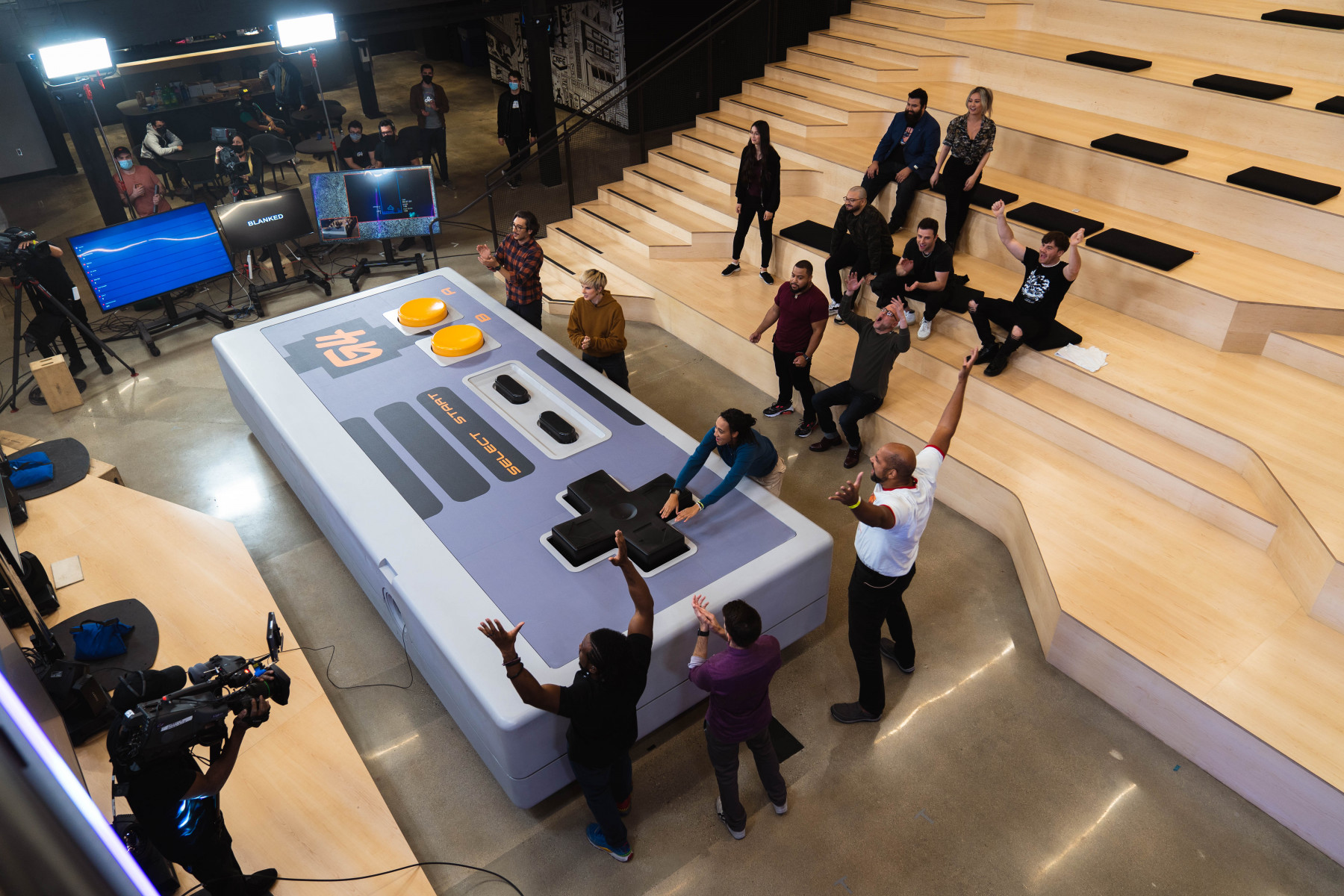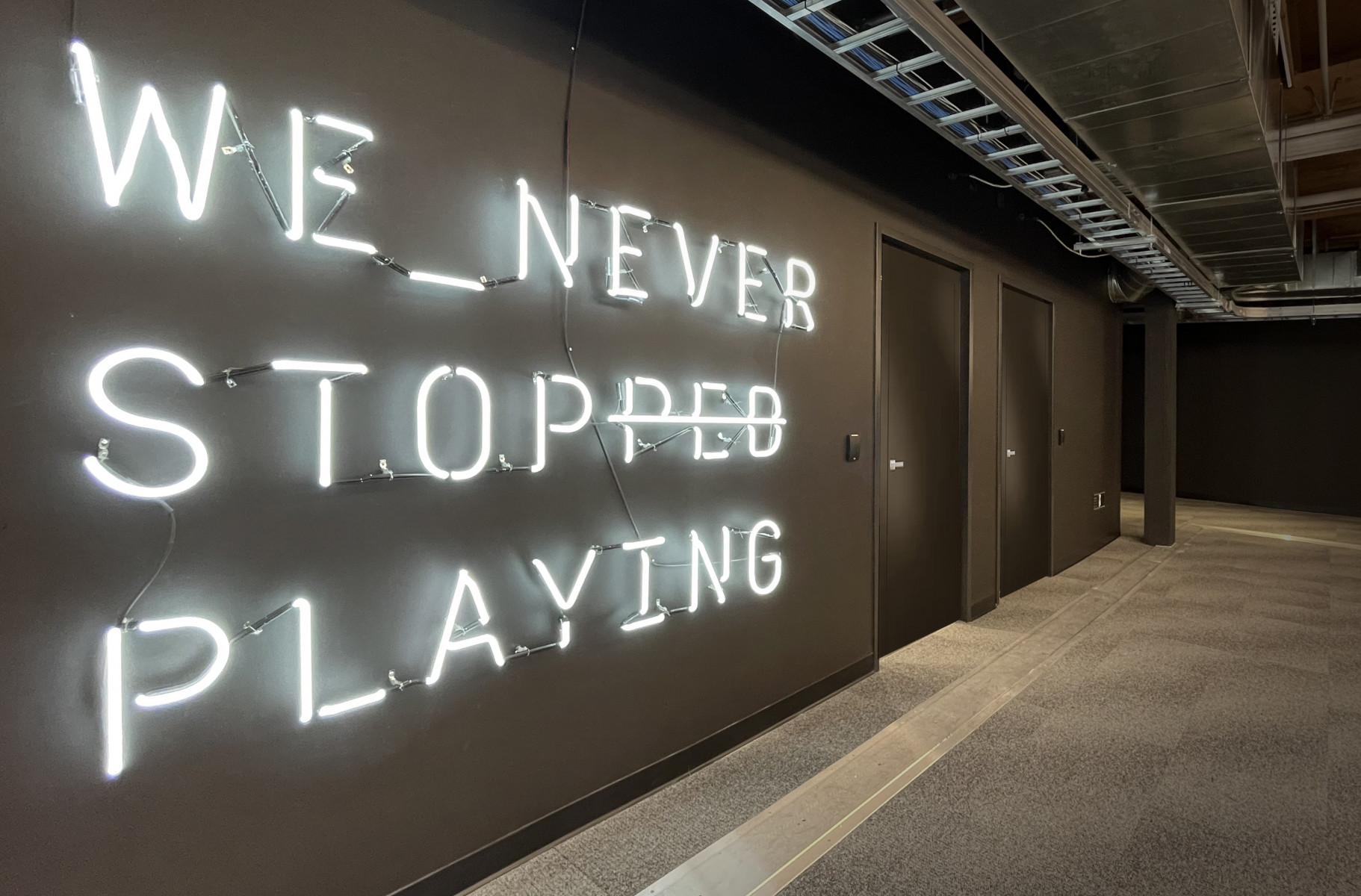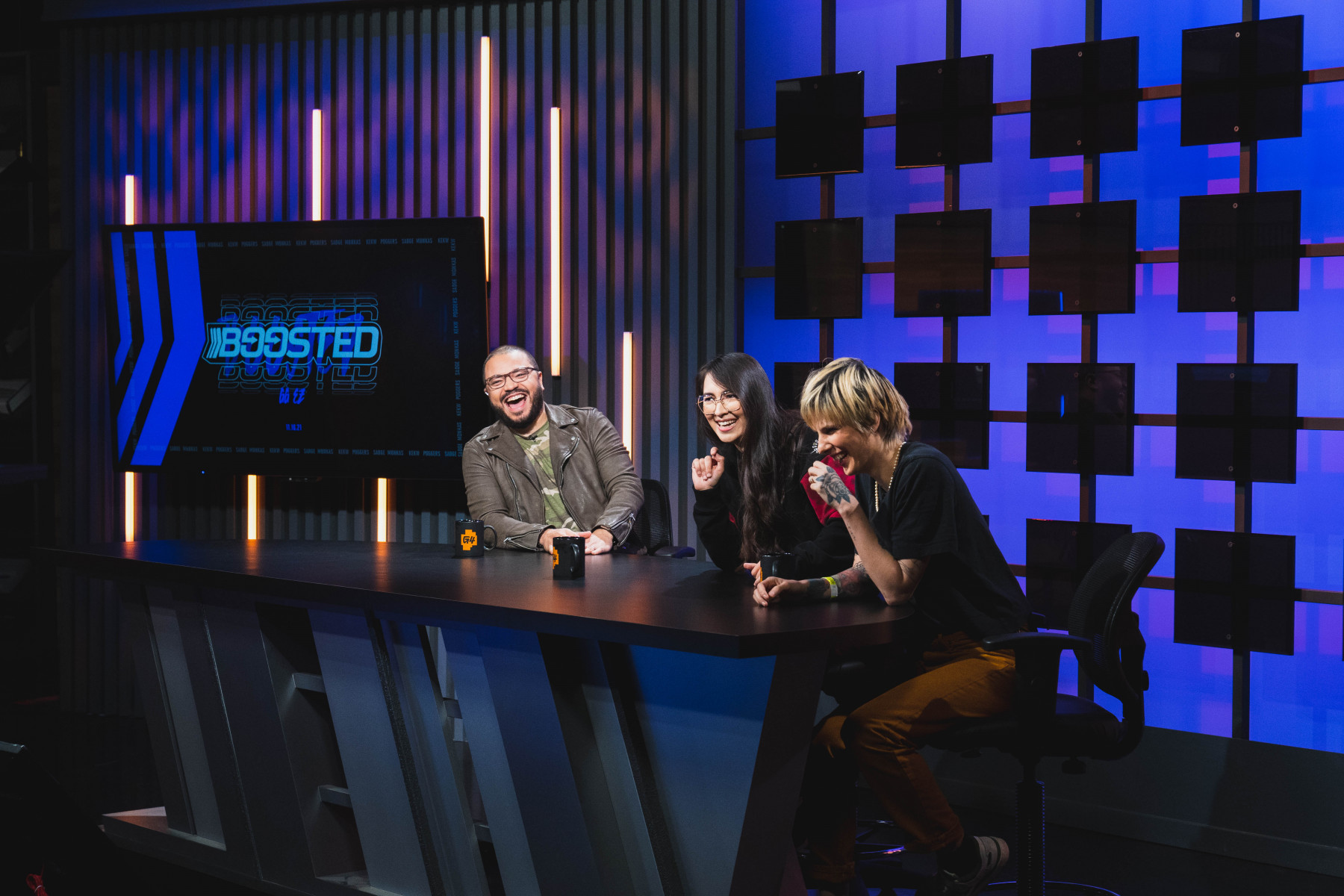
The esports audience — as the story goes — is digital-native. They’re tech-savvy, modern, internet denizens who gave up televisions and left the living room long ago.
So it came as a surprise to many when G4TV, a long-dormant US gaming TV network, announced its return last year. 19 years after it was founded, one of gaming’s first ever dedicated TV networks re-launched on November 16th 2021, revitalising an IP steeped in history.
However, the timing seemed odd. The gaming and esports landscape is vastly different from the inaugural decade of the 21st century. G4 initially shut down in 2014 after owners NBC Universal pulled the plug amidst low viewership figures. Various attempts at dedicated gaming and esports channels followed, but there’s been a relative vacuum since ESPN left the space last year.
On top of that, there was the pandemic. As people searched insidiously for entertainment options that satisfied the stringent restrictions imposed on life under COVID-19, live streaming viewership booned. 4.8bn hours were watched across Twitch, YouTube and Facebook in Q1 2020, according to data from Streamlabs & Stream Hatchet. By Q1 2021, the number had reached 8.8bn.
Can linear TV really still compete in 2021? Can it fight generational tendencies, entrenched viewing habits, and push back against a cultural shift in content consumption that has proliferated in its absence? According to Russell Arons, President of G4TV, the answer is yes.

“It’s never been a better time, both in terms of the audience and the technology,” she explained. “The audience is getting bigger, bigger than it ever was before with the original G4. Having entertainment and a network that’s about gaming and its fandom is more of a great idea than it’s ever been.”
The audience may be bigger, but it has also fundamentally changed in the seven years since the original G4 ended its final broadcast with a ceremonial game of Pong. To adapt to its new environment, G4 needed a change of strategy. That strategy, according to Arons, is multi-platform distribution.
“We are creating content unique for each platform because each has its own differences. We begin with digital — all of our shows are streamed live on Twitch, and that has the amazing interactivity that Twitch gives us with Twitch chat. We then simultaneously stream that live to YouTube, but then also edit it down to be YouTube Video on Demand, which is another way that people like to consume content. And then further, we adapt it to go on to linear and cable channels.
“All of these have different ways people can interact with it, and all of these have different commercial breaks. We do this entire evolution from live streaming on Twitch to linear in 16 hours. It’s important to us that people are seeing it on whatever platform that’s relevant to them.”

RELATED: Comcast Spectacor and Populous unveil new G4 HQ
Rather than putting all its eggs in one linear-shaped basket, G4 is striking all bases by making its content available everywhere in a form that’s native to each platform. Thanks to this hybrid digital-linear approach, the network doesn’t see live streaming as a challenge, or even as a competitor. In fact, Arons shared: “[Cable] was a part of our roots, but it also gave us something that honestly other digital companies haven’t been able to have.
“This added benefit of being on linear… and on AVOD and FAST channels, all of these new channels are reaching people in new ways. That’s why right now, we’re already having distribution into 70m households, because it’s across all these platforms. This multi-channel platform distribution was always the game plan.”
Those 70m households will be receiving G4’s updated suite of shows, which includes a revival of its legacy programmes alongside new additions. For its esports audience, G4 has programmes catering to core esports enthusiasts, occasional watchers, and new viewers respectively, each attuned to the needs of each type of viewer. In July, G4 struck an exclusive media rights deal with ESL to broadcast primetime programmes around ESL content.
A broad and ambitious content offering, to be sure — and launching it on linear doesn’t come without disadvantages. Live streaming services reign supreme as the native way for esports audiences to consume content, and winning over customers means challenging that. After all, why watch IEM Katowice on your TV when you can livestream it from the comfort of your gaming chair? More importantly, why endure longer ad breaks?

G4’s answer is premium content — from sketches to off-site stunts to co-streamed esports tournaments with commentary from G4 talent. “We really are trying to bring premium content into the Twitch ecosystem,” Arons said. “There are amazing streamers out there, many of whom we’re partnering with, who do huge views just out of their bedroom. But that’s not what we’re doing.
“We’re doing a higher production value that relies on pre-recorded video content, going outside and shooting people doing stunts. What we’ve come to expect as traditional television, we’re bringing that production. And that costs more, just plain and simple.”
The network is funding these bigger-budget productions through a combination of advertising revenue and brand integrations. To reconcile its higher-budget approach with esports’ notoriously hard-to-monetise audience, Arons explained that G4 is trying to rewrite how brands interact with gaming and esports programming.
“The word that gets used a lot is authenticity, and I’m almost bored with the term because it means a lot of things. What we say is that the irreverent nature of G4 as a network means that brands cannot take themselves too seriously, we need to have the creative freedom to really make this feel like it’s holistic to what we’re doing, and our tone and manner.
“So for instance, instead of just having Pizza Hut logos on things, we created a character, his name is RIP blazer, a pizza man we think from the future, who appears in our programming and gives the audience an opportunity to get a QR code and potentially win free pizza.
RELATED: ESL signs exclusive media rights deal with G4
“It’s fun. It’s irreverent. He’s become a part of our cast and a part of how we’re thinking about integrations, as it’s not just something you have to do, but something that can be additive to the overall fun of what we’re showing the audience.”
According to Arons, last months’ successful launch proved G4’s hybrid-linear model works, arguably defying stereotypes around how esports audiences consume content. “As we went into our launch week,” Arons said, “with embedded advertising and partner brand integrations, we thought, ‘whoa, how was the audience going to accept this’. But we saw almost no fall off at all.”
Only one month on, conclusions are difficult to draw — trends are fickle in esports, and attention is hard to keep. However, its ability to launch and monetise a TV channel against the odds has Arons optimistic about the future of G4 and its audience: “They seem to understand that that’s a part of how we do what we do.”

